THE big three hyperscalers–Amazon Web Services (AWS), Google and Microsoft Azure–are collaborating in various ways with Oracle, a cloud hyperscaler itself to usher in what Larry Ellison, Oracle Chairman and Chief Technology Officer calls the “multi-cloud era.”
The collaboration between the four hyperscalers offer improved services for customers, simplifying the migration and deployment of enterprise workloads to the cloud while improving agility, flexibility, and security.

“For infrastructure, AWS, Azure, Google, Oracle, which is by the way listed in alphabetical order,” Ellison humorously mentioned “and for applications, Google, Salesforce, Workday…also listed alphabetically, are on different clouds and before today, the problem is that the clouds do not work well together, they are not gracefully integrated.”
Ellison said that this is where the availability of the interoperability and connectivity to the power of Oracle to the different services and capabilities of AWS, Azure and Google.
Officially launched was Oracle Database@AWS, that allows customers to access Oracle Autonomous Database on dedicated infrastructure and Oracle Exadata Database Service within AWS starting December this year. Also announced the general availability of Oracle Database@Google Cloud in four Google Cloud regions across the United States and Europe. Finally, the Oracle Database@Azure was made available to accelerate cloud migrations in six Microsoft Azure regions.
The move into the multi-cloud era meets rapidly growing global demand for interoperability between these three global cloud hyperscalers.
“To meet this demand and give customers the choice and flexibility they want, Amazon and Oracle are seamlessly connecting AWS services with the very latest Oracle Database technology, including the Oracle Autonomous Database. With Oracle Cloud Infrastructure deployed inside of AWS datacenters, we can provide customers with the best possible database and network performance,” Ellison emphasized.
“As far back as 2008, customers could run their Oracle workloads in the cloud, and since then, many of the world’s largest and most security sensitive organizations have chosen to deploy their Oracle software on AWS,” Matt Garman, AWS CEO explained.
Oracle Database@AWS will provide customers with a unified experience between Oracle Cloud Infrastructure (OCI) and AWS, offering simplified database administration, billing, and unified customer support. Customers will have the ability to seamlessly connect enterprise data in their Oracle Database to applications running on Amazon Elastic Compute Cloud (Amazon EC2), AWS Analytics services, or AWS’s advanced artificial intelligence (AI) and machine learning (ML) services, including Amazon Bedrock.
Now available in six Microsoft Azure regions–Australia East, Canada Central, East US, France Central, Germany West Central, and UK South–Oracle Database@Azure will soon be available in fifteen more regions, including Brazil South, Central India, Central US, East US 2, Italy North, Japan East, North Europe, South Central US, Southeast Asia, Spain Central, Sweden Central, United Arab Emirates North, West Europe, West US 2, and West US 3.
Customers will now be able to run Oracle Exadata Database Service, Oracle Autonomous Database, and Oracle Database Zero Data Loss Autonomous Recovery Service on Oracle Cloud Infrastructure (OCI) in Google Cloud datacenters across U.S. East (Ashburn), U.S. West (Salt Lake City), U.K. South (London), and Germany Central (Frankfurt), expanding to many more regions in the coming months across North America, Europe, the Middle East, Africa, Asia Pacific, and Latin America.
In his keynote at the 2024 Oracle CloudWorld 2024, Ellison highlighted how the new collaborations will provide customers the strength and speed of a low latency network connection between Oracle databases and applications on the various platforms. For example, customers get the performance, availability, security, and cost-effectiveness of Oracle Exadata Database Service, while enjoying the security, agility, flexibility, and sustainability benefits provided by AWS.
In the case of the AWS and Oracle deal, the costs will also be well managed.
“Same price, same performance, same everything,” Ellison said about how fees will be managed with the new cloud availabilities within the three collaborations with Oracle adding that “we are seeing huge demand from customers that want to use multiple clouds. This dramatically expands the market.”
“This new, deeper partnership will provide Oracle Database services within AWS to allow customers to take advantage of the flexibility, reliability, and scalability of the world’s most widely adopted cloud alongside enterprise software they rely on,” Ellison concluded.

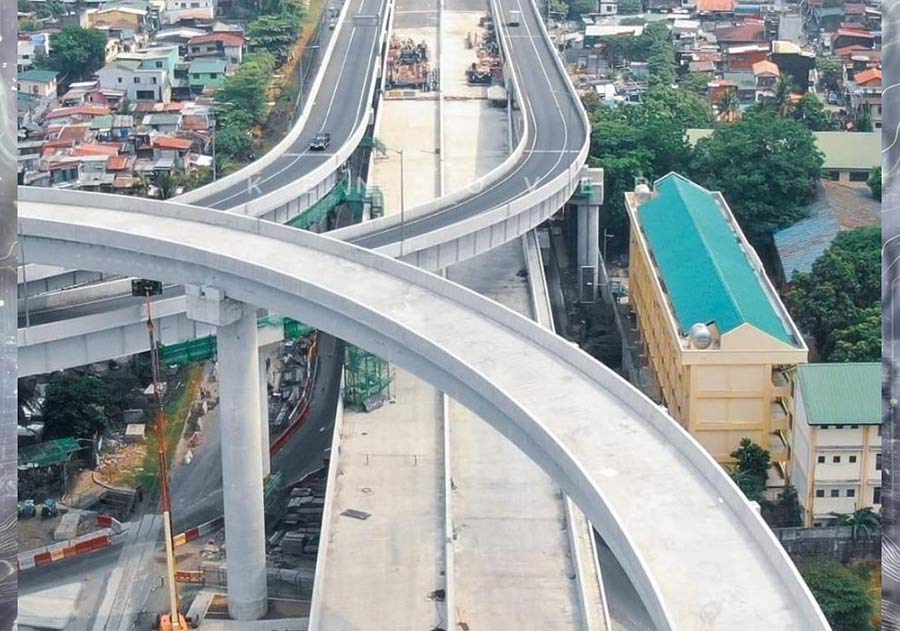







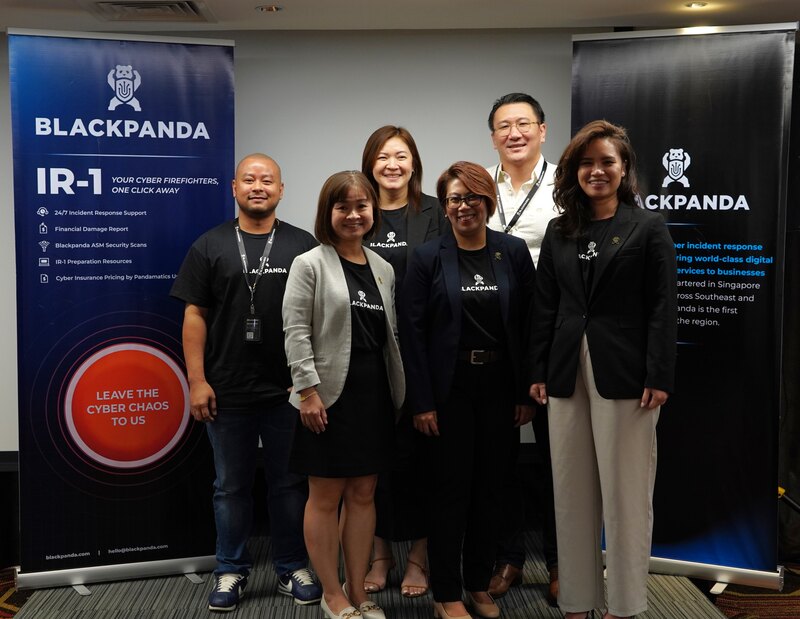


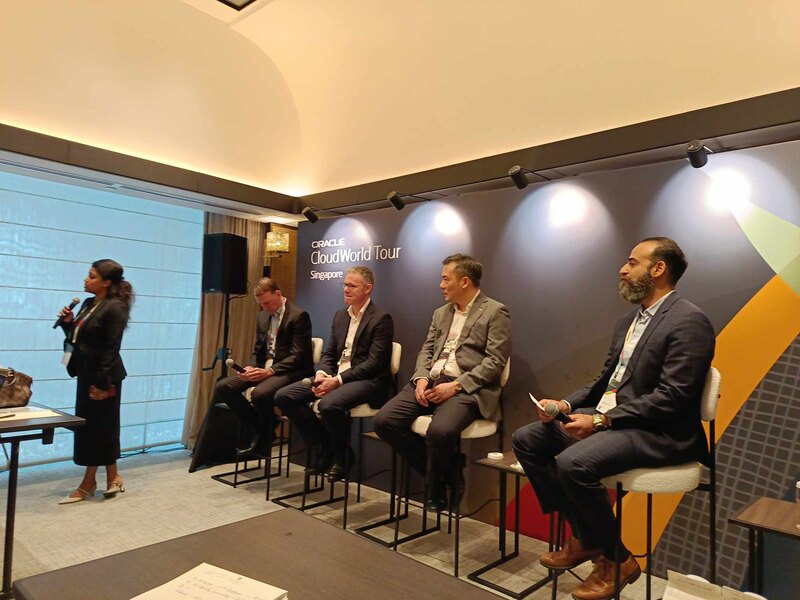
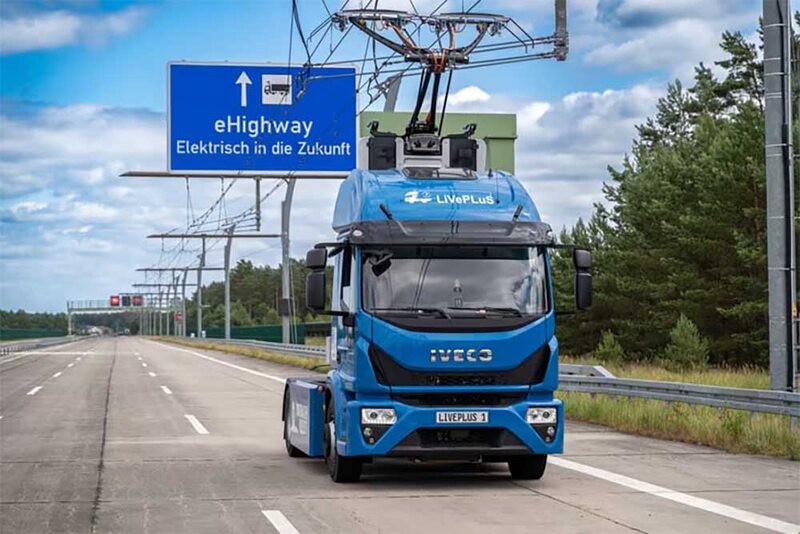
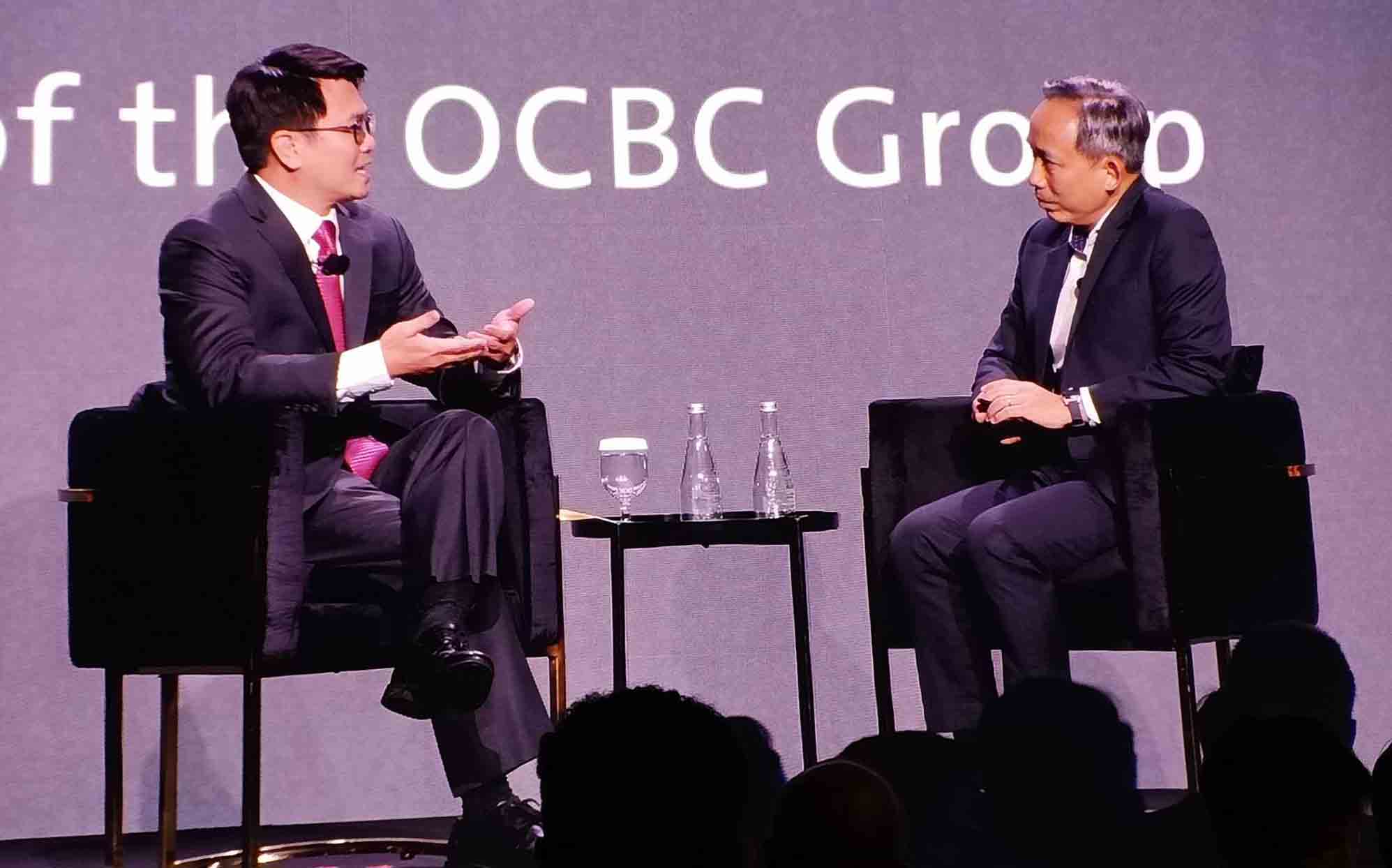

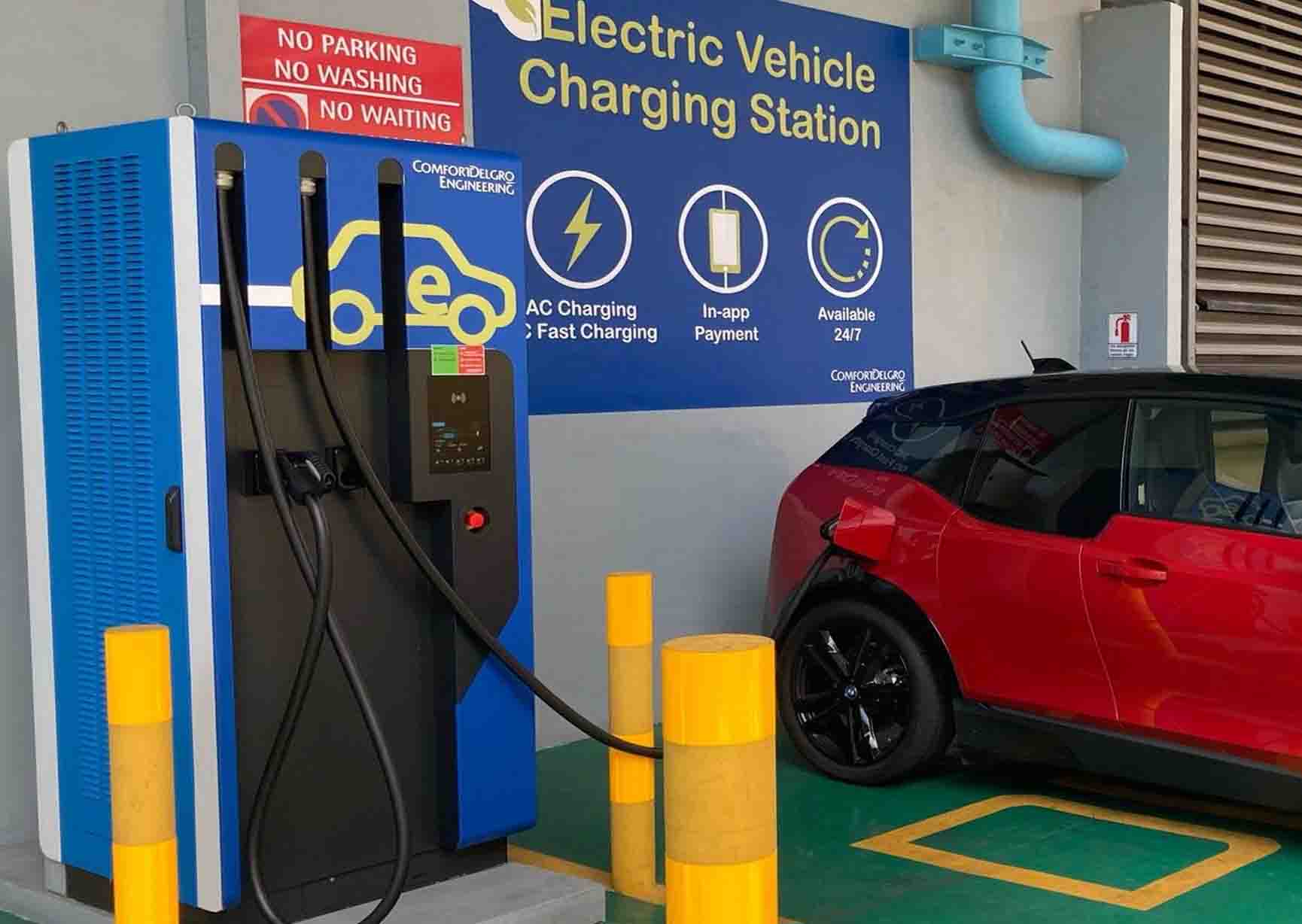
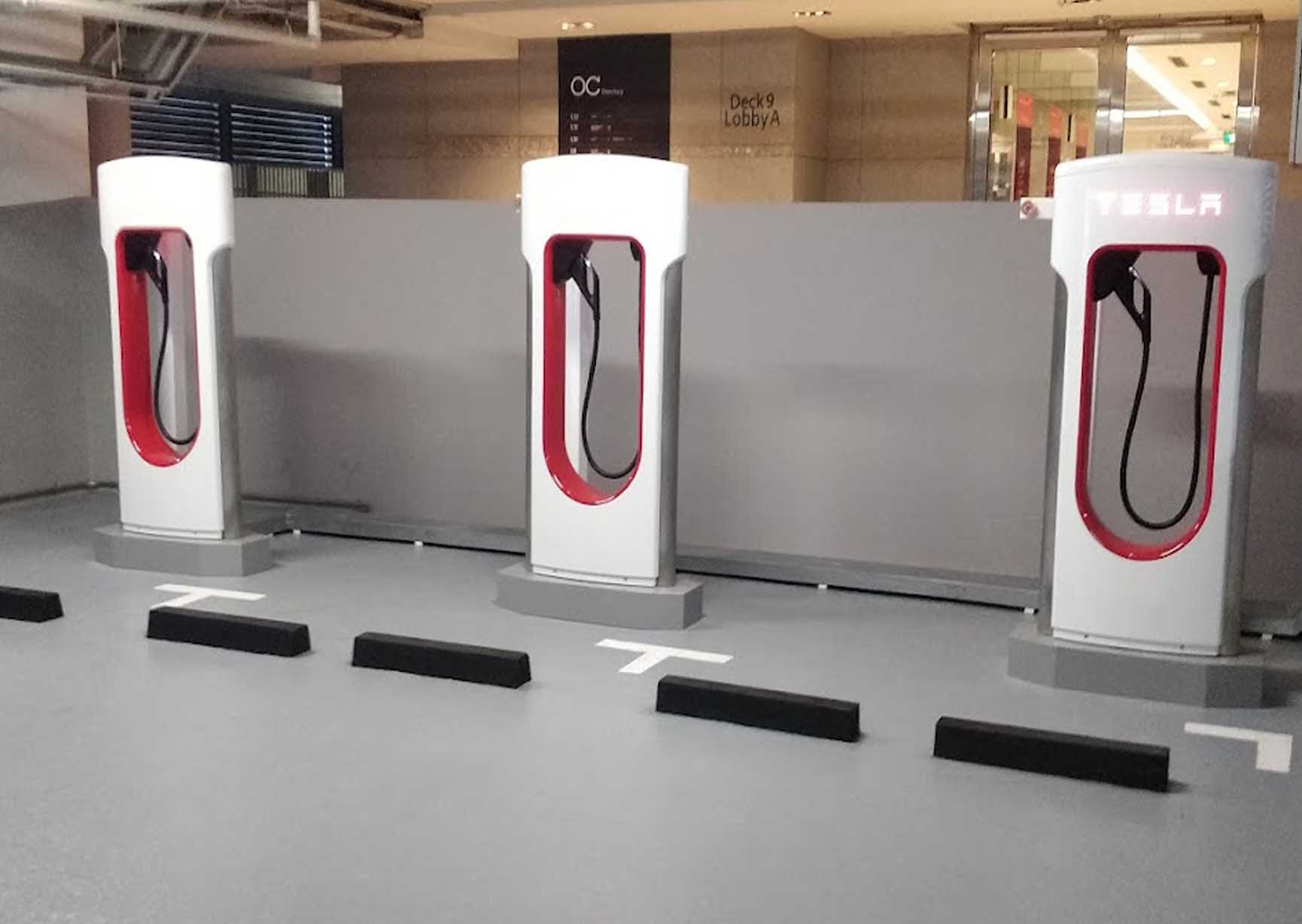
 Singapore’s government is a driving force behind this change, targeting a phase-out of new ICE vehicle sales by 2030 and an ambitious plan of 60,000 public charging points across the island by the same year.
Singapore’s government is a driving force behind this change, targeting a phase-out of new ICE vehicle sales by 2030 and an ambitious plan of 60,000 public charging points across the island by the same year.